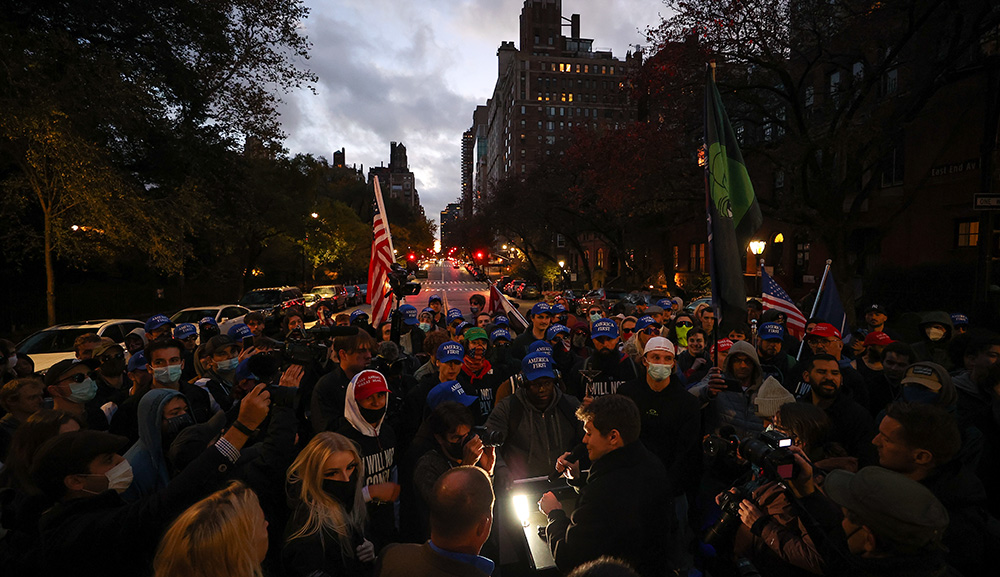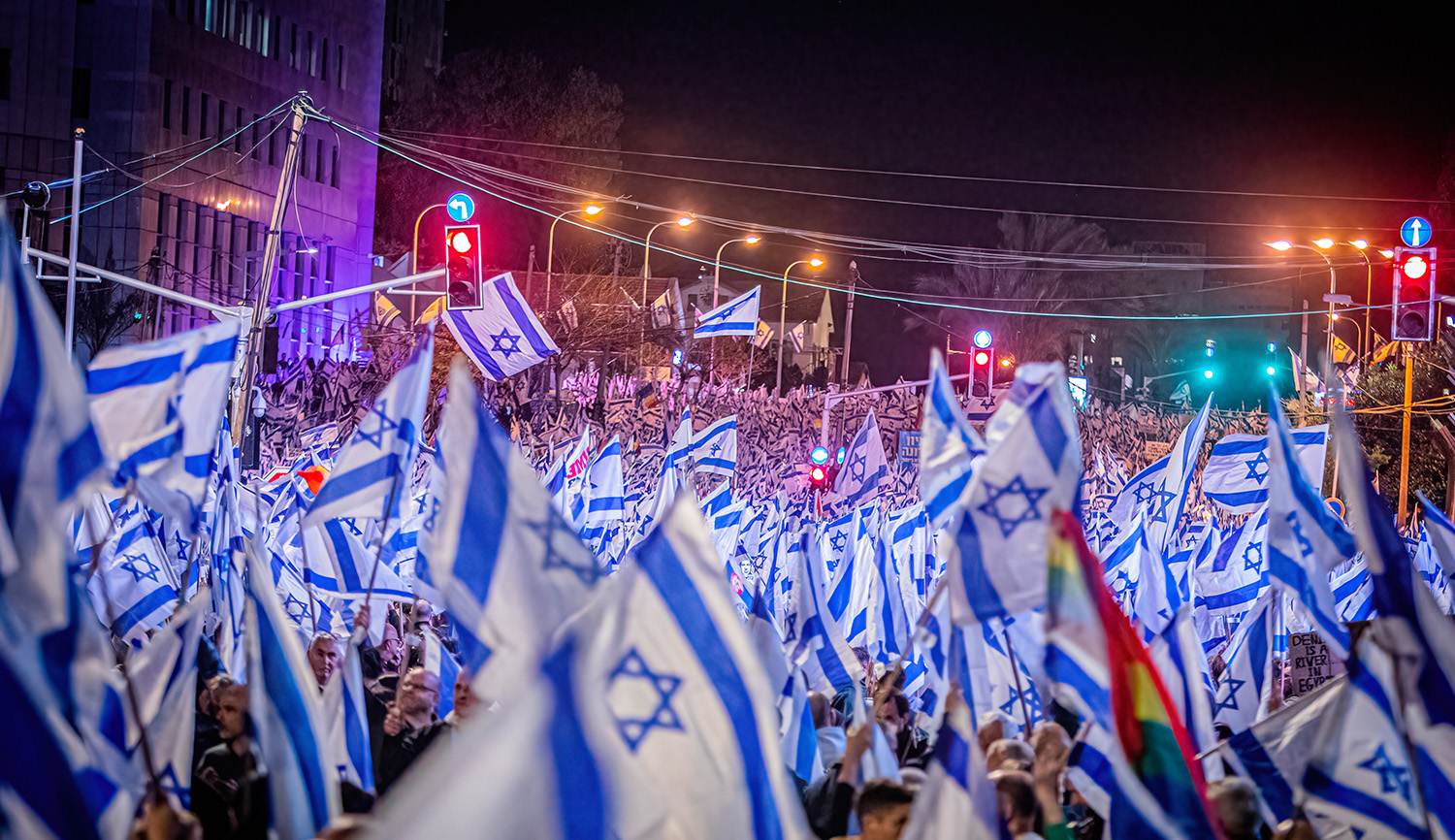The main way ḥaredi men identify themselves to outsiders and to one another is by wearing a brimmed black hat. For many Ḥasidim, such hats are replaced by fur ones on Sabbaths and other special occasion. For non-Ḥasidim, the gold-standard of haberdashery is the broad-brimmed fedora manufactured by the Italian firm Borsalino. Bill Motchan delves into its history, and how it became a symbol of Jewish religious devotion:
The Borsalino hat brand began as a small workshop owned by Giuseppe Borsalino. At age sixteen, Guiseppe headed for Paris to study fashion. He dreamt of returning to Italy as a certified master hatter. He eventually opened a large factory in Alessandria. By 1914, production at the Borsalino factory rose to two million hats per year.
The company grew over the decades but continued to focus on quality. It takes nearly six months and over 50 operations to create one hat. The creation of a Borsalino is decidedly old-school. In fact, two of the original machines used by the Borsalino family in 1857 are still churning out hats. The process begins with Belgian rabbit fur, magically transformed into smooth felt. A Borsalino is primarily handmade. . . .
Long before the Borsalino became the hat of choice among Jews, it achieved popularity in Hollywood. Humphrey Bogart and Ingrid Bergman wore them in Casablanca. Jean-Paul Belmondo and Marcello Mastroianni wore Borsalinos. Fred Astaire, Winston Churchill, and Ernest Hemingway favored the hat, too. Al Pacino—as Michael Corleone—wore one. So did the real-life mobster Al Capone.
How it became associated with Orthodox Jews remains something a mystery, although Motchan interviews a rabbi with a theory.


